Last updated on March 6, 2024
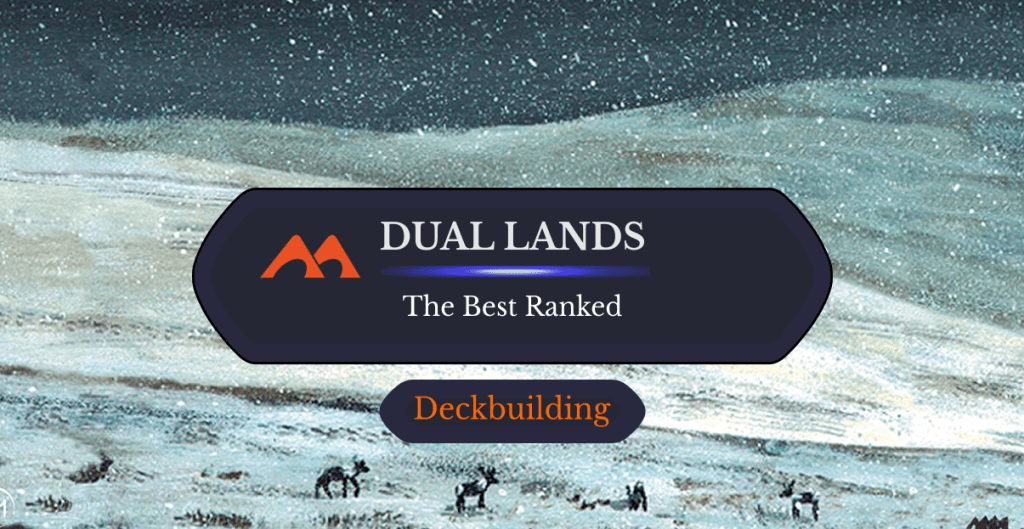
Tundra | Illustration by Jesper Myrfors
I like casting spells. Don’t you? In Magic, if you’re playing with more than one color in your deck, you should probably use some dual lands to make it easier to cast your spells. After all, it sucks to be unable to cast your spells.
So, what are the best dual lands out there? I’ve identified 35 distinct cycles of dual lands in Magic. Some cover all ten 2-color combinations and some are only partial cycles, but let’s look at these and rank them all from the worst right up to the absolute best.
Let’s get right into it!
What are Dual Lands in MTG?
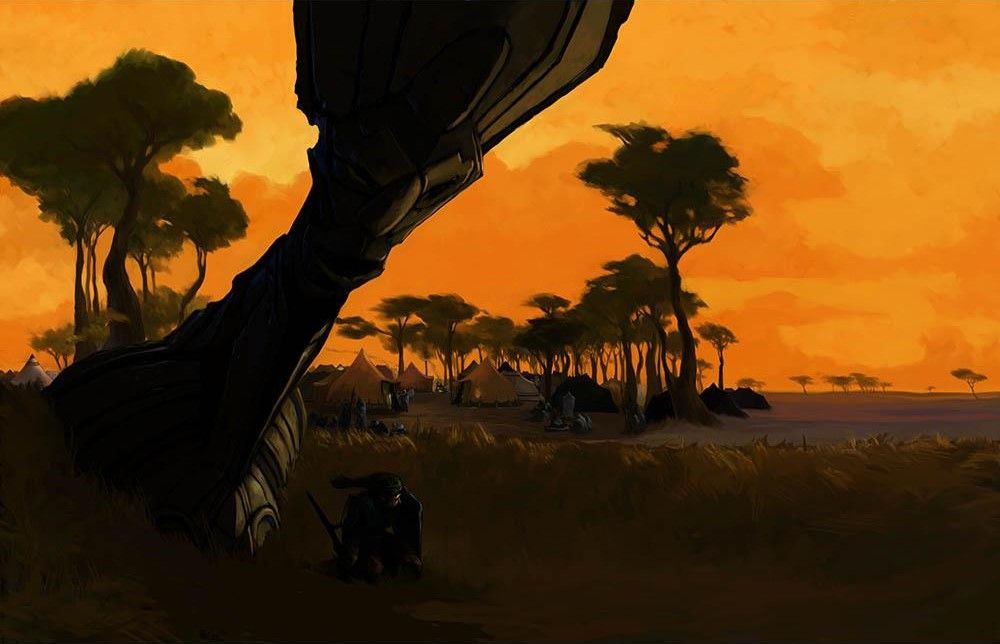
Windswept Heath | Illustration by Anthony S. Waters
Dual Lands are lands that give a player access to two different colors of mana. Magic decks can live and die by whether they get access to the right colors of mana, and dual lands are the easiest way to fix those colors.
What Makes a Dual Land Good?
Generally speaking, the best dual lands enter the battlefield untapped. The ability to use their mana right away is extremely powerful. Most duals enter untapped only under certain circumstances. Therefore, the best duals are the easiest to have enter untapped and get immediate access to their mana. There are some exceptions to that, but we’ll look at all of them by the end of the list.
Another good feature of some dual lands is having their associated basic land types on them, which allows them to interact with a lot more cards in the game.
#35. The Depletion Lands
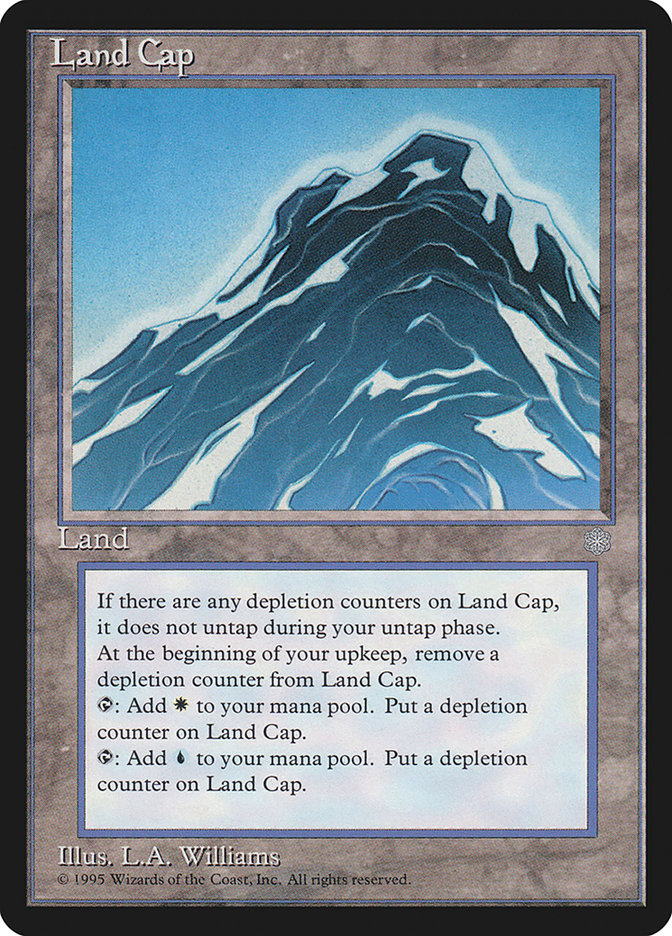
Starting with the worst duals ever printed, you’d be forgiven for not knowing that these even exist. Originally printed in Ice Age, these lands basically tap for either of their colors, but then stay tapped on the next turn. It’s weird that a dual land that doesn’t enter tapped would take the bottom spot on this list, but that is a horrendous drawback, and I’d never recommend that you put these into a deck.
#34. The Invasion Lands and Tapped Lands
Many dual lands are traditionally rare, but when WotC designed their first ever multicolor set, they came across a unique problem: How do we design dual lands at lower rarities to support the Limited environment? Their first answer was pretty bad: a half-cycle of lands that always enter tapped. Oh, and they’re uncommon. Since the days of Invasion, the cycle has been completed and used again, but they’ve also come up with much better solutions to this puzzle and have printed much more useful common dual lands.
#33. The Kamigawa Lands and Tempest Lands
You remember that unbelievably terrible cycle of lands we printed in Ice Age? What if we printed them again? And again? Sure, these ones were downshifted in rarity and could tap for colorless mana for no drawback, but they’re still really bad at their job and not something you should go for.
#32. The Guildgates
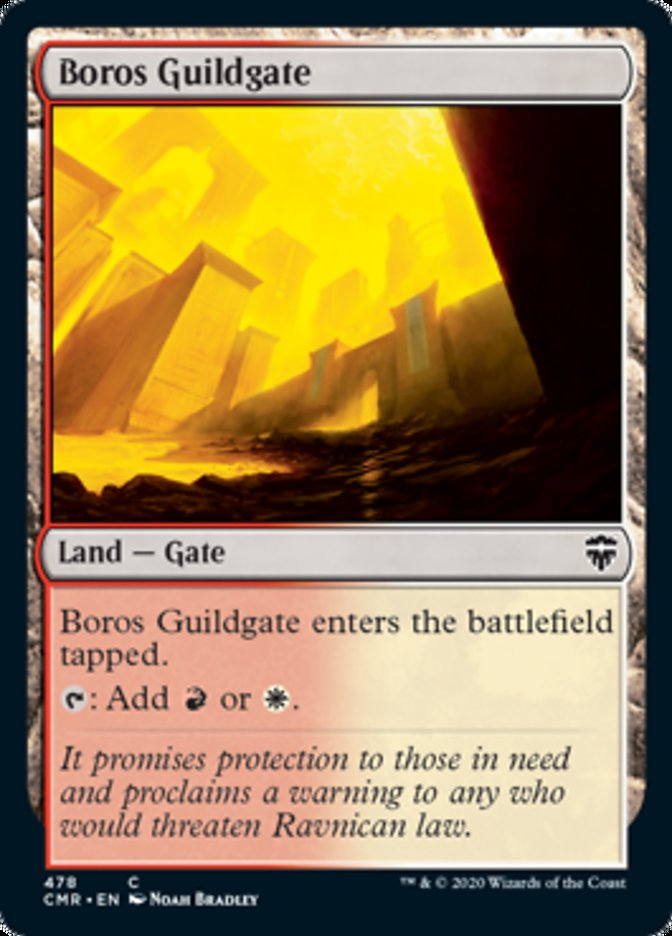
WotC’s eternal problem of how to design common dual lands continued into Return to Ravnica. Their solution this time was to give the simple tapped lands an extremely minor upside: a subtype. The gate subtype allowed these lands to be referenced on the text of other cards, which definitely gave them extra value in Limited. However, we’ve seen better solutions to this problem in future sets.
#31. The Snow Lands (CSP)
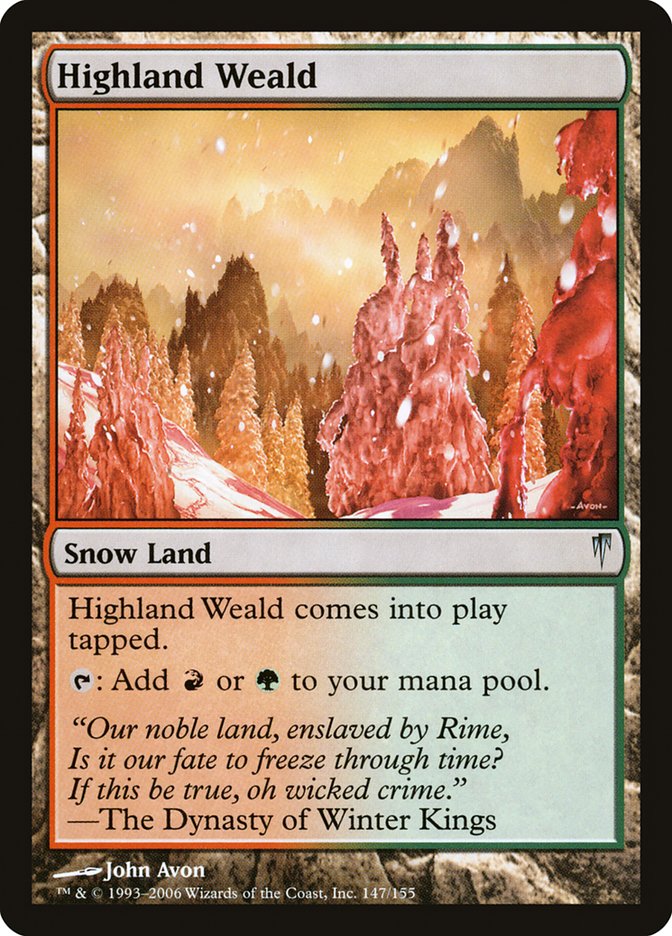
Since Coldsnap saw the return of the snow-covered basics, it made sense to create snow duals for the Limited format. I’ve never played Coldsnap, but I imagine these were at least interesting and useful to pick up in a draft. However, you’re not likely to put them in many other decks nowadays.
#30. The Refuges and “Gain” Lands
Gaining 1 life looks like an incredibly small bonus, and it is, but these proved to be enough of an upgrade over the plain tapped lands that you were often very happy to pick them up in drafts. Playing some games with a few extra points of life was very good in some matchups and some formats even had life gain matters themes which these played into perfectly.
#29. The Capenna Lands
Streets of New Capenna was the first set with a 3-color focus that we’d had in about eight years when it landed. It needed great common dual lands, and we definitely got them with this cycle. Getting to turn your lands into extra cards in the late game is a great effect. These didn’t end up being all that good in the context of the set, given that it was pretty fast and aggressive, so late games were considerably less common. But even so, these are great lands and you always wanted to pick them up.
#28. The Snarls
First printed in Shadows over Innistrad and later completed in Strixhaven, the Snarls have been the most begrudgingly playable dual lands of all time. They’re often terrible, mostly because the more dual lands in your deck that lack land types, the worse they get. You can’t combine them with many of the duals on this list if you want them to enter untapped, making them pretty weak and extremely forgettable.
#27. The Storage Lands
These weird lands from Time Spiral actually did a fair amount of work in their time. When the format is slow and you can build up many counters on one, they let you power out bigger plays in the late game. However, they have been completely outclassed by the last fifteen years or so of duals and are unlikely to be played anywhere anymore.
#26. The “Domain” Lands
Dominaria United was one of my favorite Draft formats of all time. This cycle of dual lands was incredible in that set, making it a lot easier to splash off-color cards and to increase your land types for domain payoffs. It wasn’t uncommon to have eight or nine of these in your deck, and you often wanted more.
#25. The Snow Lands (KLD)

Kaldheim’s snow theme was fantastic, and part of that was the necessity of picking up snow lands to get your cards to work. The inclusion of these duals was great and often made it really easy to bring your deck together. While not as good as Dominaria United’s lands were in their set, they’re actually strict upgrades, so I’ve put them one spot higher on the list.
#24. The Campuses
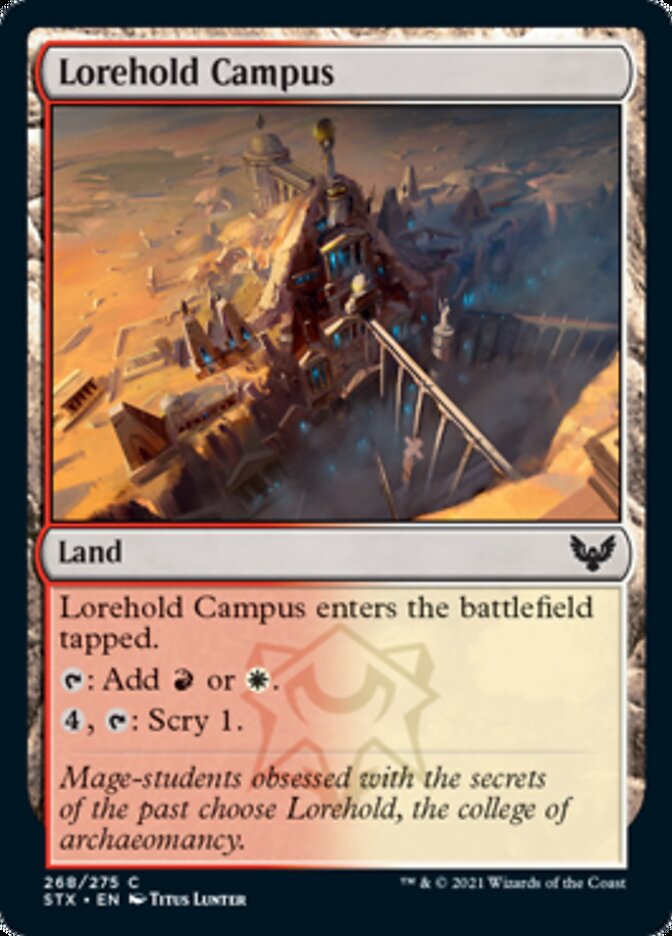
Despite never drafting it in person, I adored Strixhaven. This was a slow and grindy Limited format and the campuses were a fantastic cycle of dual lands to help it all come together. The format was so slow that you often included campuses in your deck even if you only needed one of their colors because getting a scry or two every turn when you’re flooding out was exactly what you needed to get back into the game.
#23. The Bridges
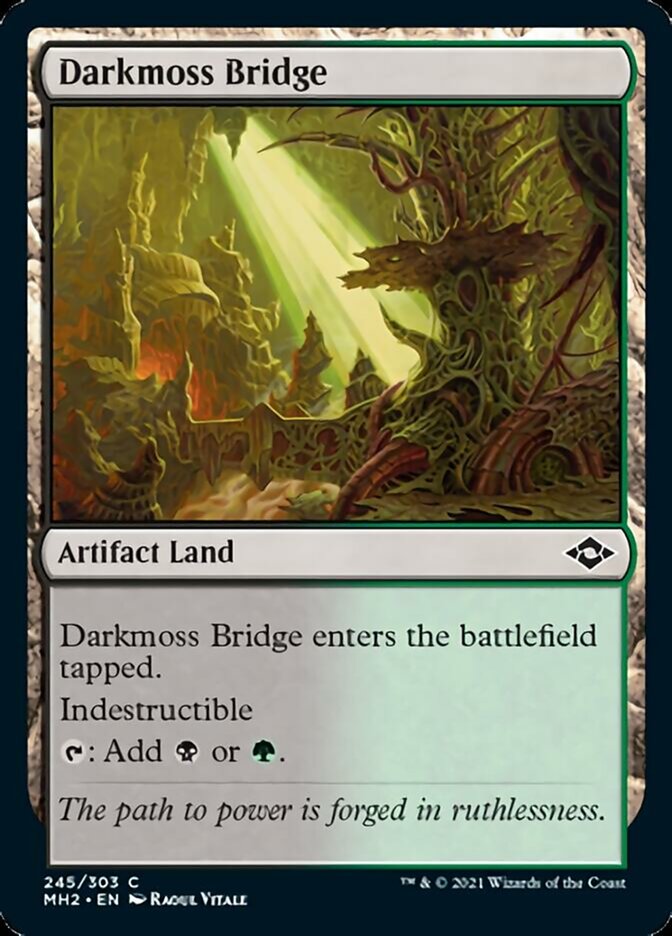
A welcome surprise from Modern Horizons 2, the artifact dual lands functioned nicely in the Limited format but also gave new life to some decks in Pauper. Now, decks could get a ton of extra free artifacts while also fixing their mana. These are some of the best dual lands in that format.
#22. The Temples
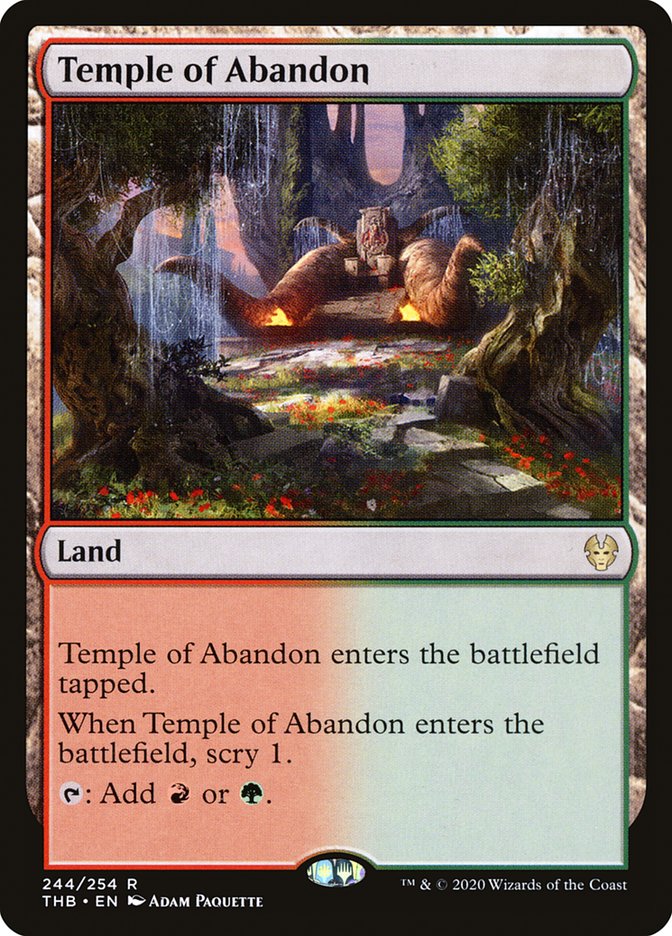
I’ve never liked needing to play temples, but we’ve seen them appear in Standard a couple of times now, and a free scry is actually enough of an upside to want to play them. However, always entering tapped is simply too much of a downside for them to see play in older formats unless you’re a deck that really needs to find something quickly.
#21. The “Signet” Lands
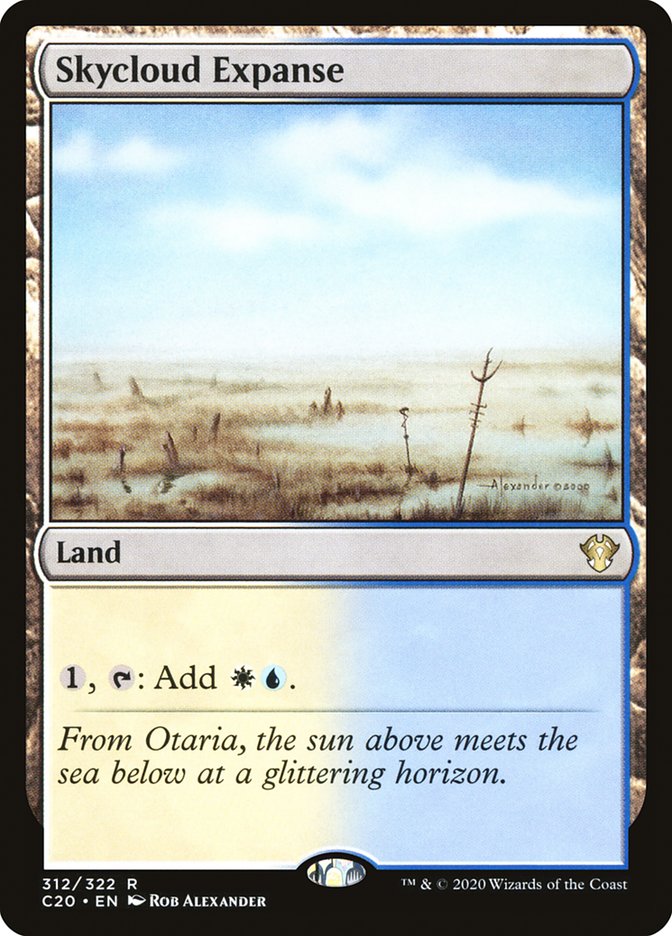
These lands appear in a lot of Commander precon decks. They’re nice and simple. Named for having the same mana ability as Ravnica’s signets (Azorius Signet, for example), these enter untapped and fix both of your colors. However, not tapping for mana on turn 1 is a hefty downside and one that holds them back from being played outside of Commander.
#20. The Slow Fetch Lands
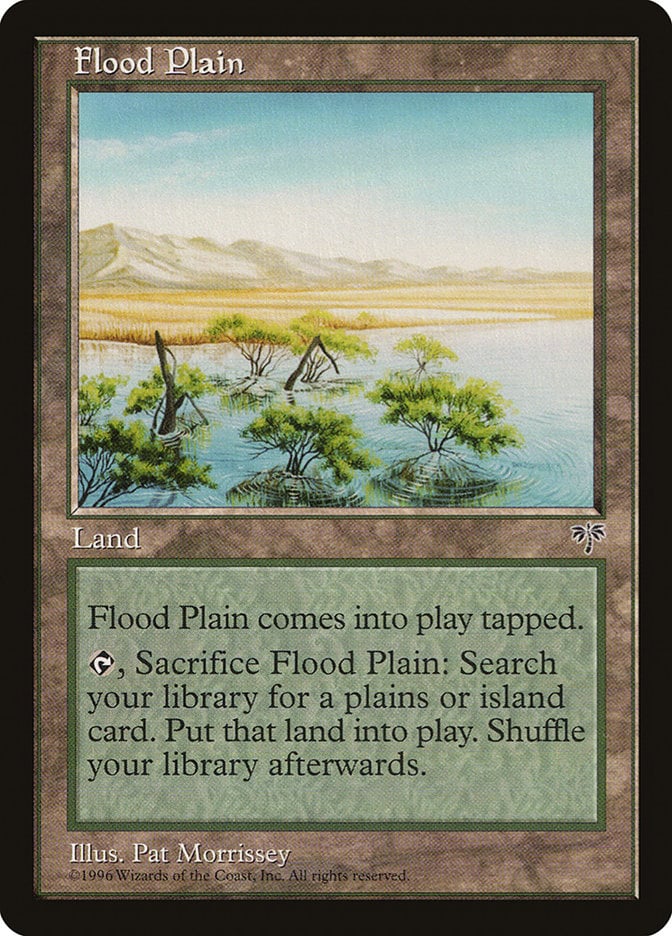
We’ll get to the real fetch lands later, but these ones exist if you want some budget-friendly ones. Entering tapped is too much of a downside for these to get much attention, but as you can see, you could clearly do worse.
#19. The Creature Lands (BFZ)
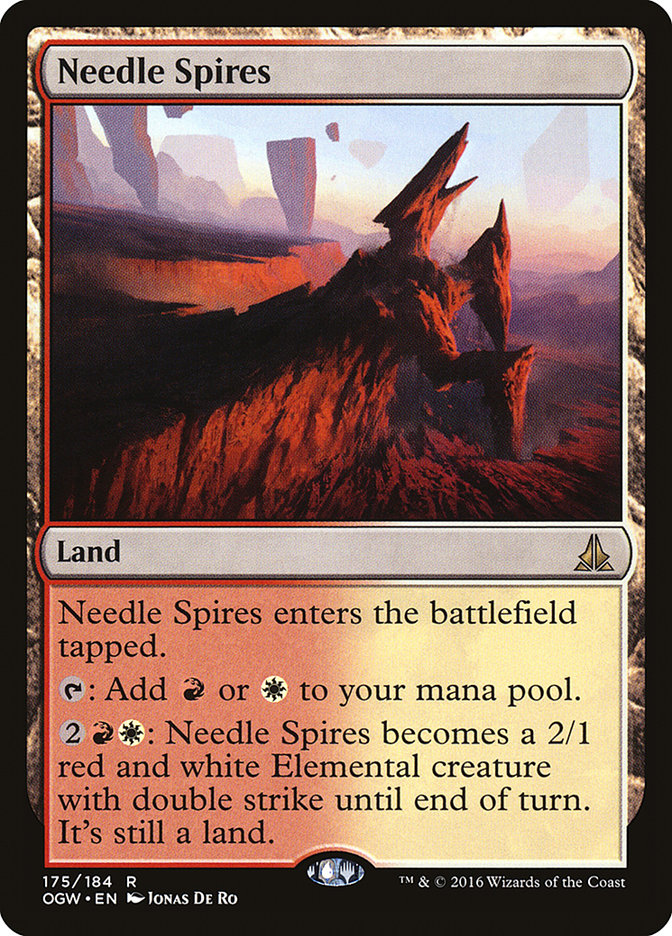
Having seen how great the creature lands in Worldwake were, WotC did the classic backstep of completing the cycle but with much weaker cards. Most of this half-cycle saw play in Standard because we needed dual lands, but it was easy to see just how lackluster their creature modes were compared to their Worldwake counterparts. Fortunately, we would see this fixed with the Wilds of Eldraine cycle.
#18. The “Tango” Lands
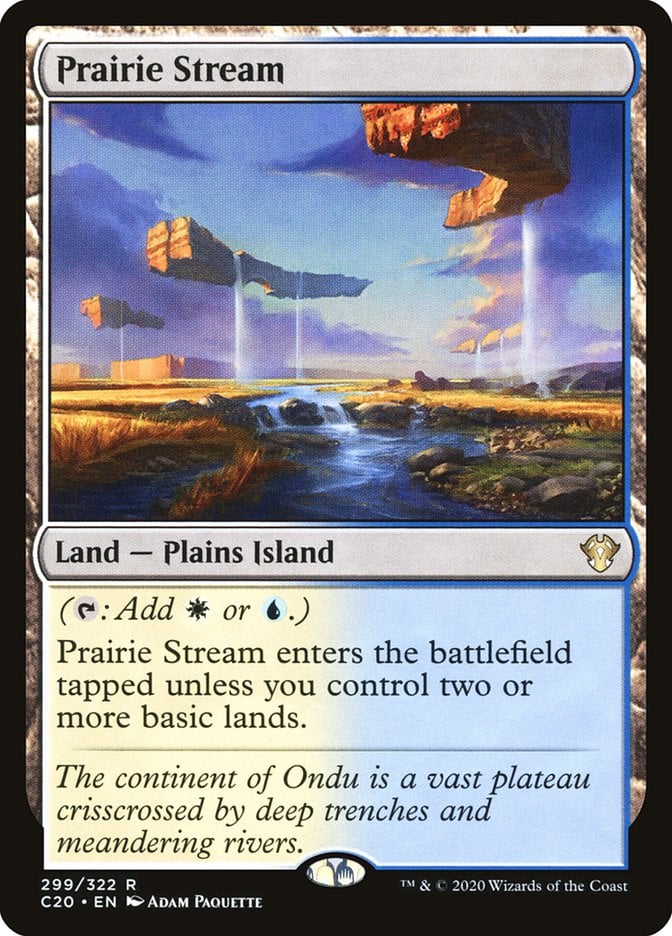
Named because it takes two to tango… yeah, I’m not a big fan of that joke either. These lands have definitely been good, but that’s primarily because they have basic land types on them and for pretty much no other reason.
#17. The Cycling Lands

We saw how good cycling lands can be with the mono-color cycles from Urza’s Saga and Onslaught and these duals were no different. These days, they see virtually no play since the triomes exist, but they’ve done a lot of work and were great in Standard. They should certainly still be good in Commander too.
#16. The Future Lands
This is a partial cycle from Future Sight, and each card varies in power level. Given the nature of the set, WotC printed this “cycle” of rare duals where each member of the cycle was completely different. Graven Cairns had its cycle completed just two blocks later and Modern Horizons printed five more horizon lands to complement Modern all-star Horizon Canopy. Grove of the Burnwillows turned out to be too powerful and is the reason that Punishing Fire is banned in Modern. Finally, River of Tears was fine but not particularly exciting, while I’m sure most people have forgotten what Nimbus Maze even does.
#15. The Restless Lands (WOE/LCI)
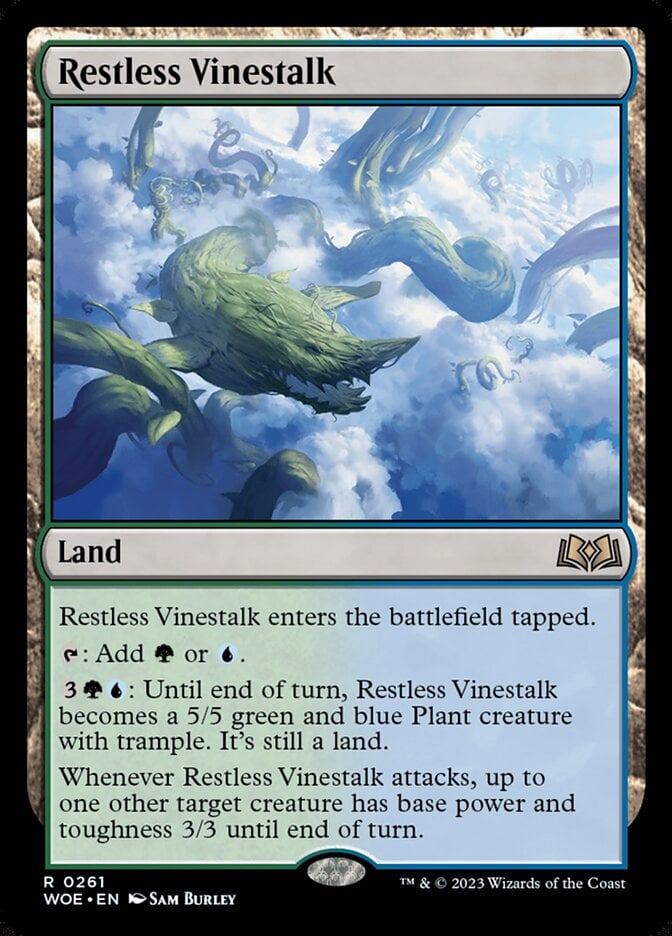
It’s early days still, but this partial cycle corrects the mistake of the partial cycle from Battle for Zendikar and gives some great creature lands for the enemy color pairs. These are worthy successors to the Worldwake cycle, and I wouldn’t be surprised to see them reach the same level of notoriety. The second half from The Lost Caverns of Ixalan has been previewed but unreleased at the time of writing.
#14. The “Filter” Lands
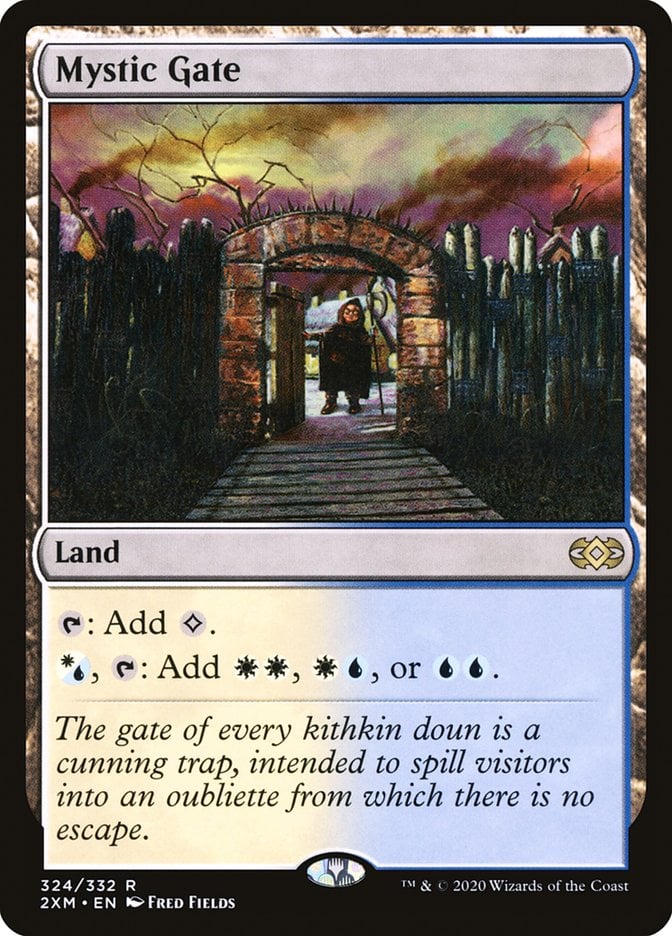
Few other dual lands can make such short work of some very difficult mana costs as the filter lands. Whether your white/blue deck needs to be casting both Cryptic Command and Supreme Verdict or your black/green deck wants to be able to cast Kitchen Finks and Liliana of the Veil. The filter lands are uniquely qualified to help you do that, and these cards have seen plenty of play as a result of that.
#13. Typal Lands
Another entry on this list which isn’t a cycle, this covers cards like Gilt-Leaf Palace and Secluded Glen, which are perfect in typal decks for their respective creature types. Creature decks often need to get running right out of the gates, and these will always enter untapped when you need them to. Fortified Beachhead even has a great support ability to go along with it. Typal decks are very popular, and I hope we see more of these in the future.
#12. The “Bounce” Lands
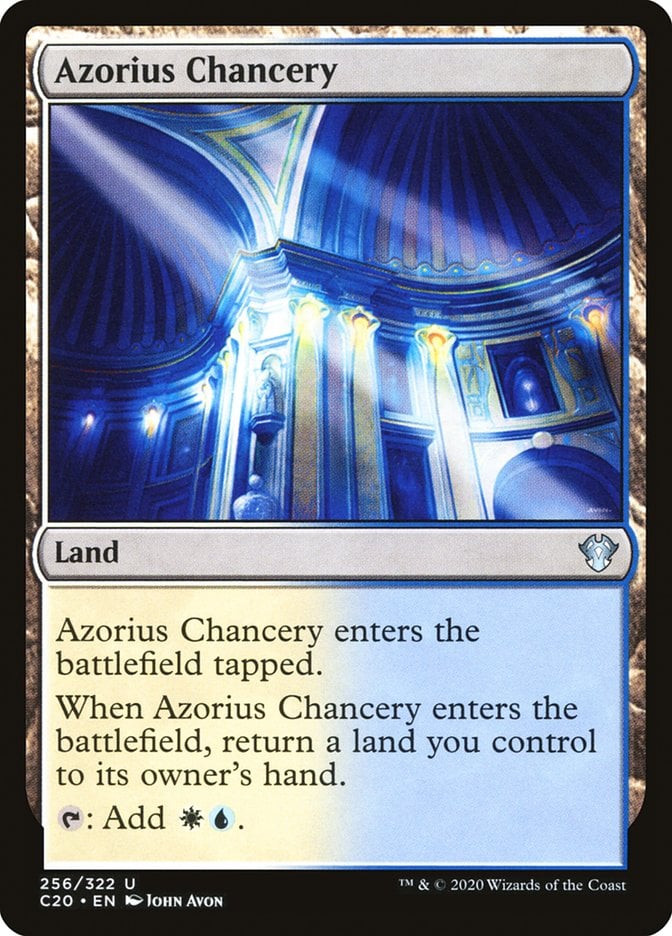
By far, the best common dual lands ever printed, the Ravnica “Bounce” lands are a cut above all other common duals. They’re essentially lands that draw you an extra land when you play them, which is a huge bonus to see on a common. Most common duals you actively want to pick up to fix your colors, but in the original Ravnica block you wanted to first pick these over most other cards. They also form the basis of how the Amulet Titan deck in Modern works, where Amulet of Vigor lets you untap them, tap them for mana, then bounce themselves with their trigger. Combining this with effects that give you extra land drops lets you power out big plays like the titular Primeval Titan as early as turn 3.
#11. The Creature Lands (WWK)
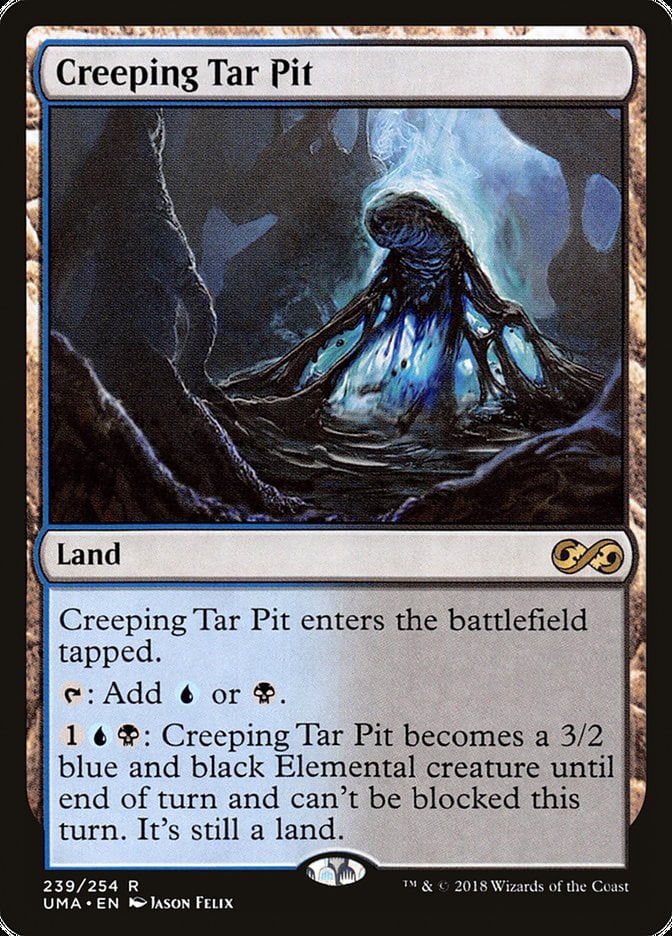
When these were printed, very few creature lands actually existed. These duals came along and revolutionized the game. All of a sudden, many decks picked up powerful win conditions, especially as Celestial Colonnade and Creeping Tar Pit slotted right into control decks that needed more ways to close out games.
#10. The “Check” Lands
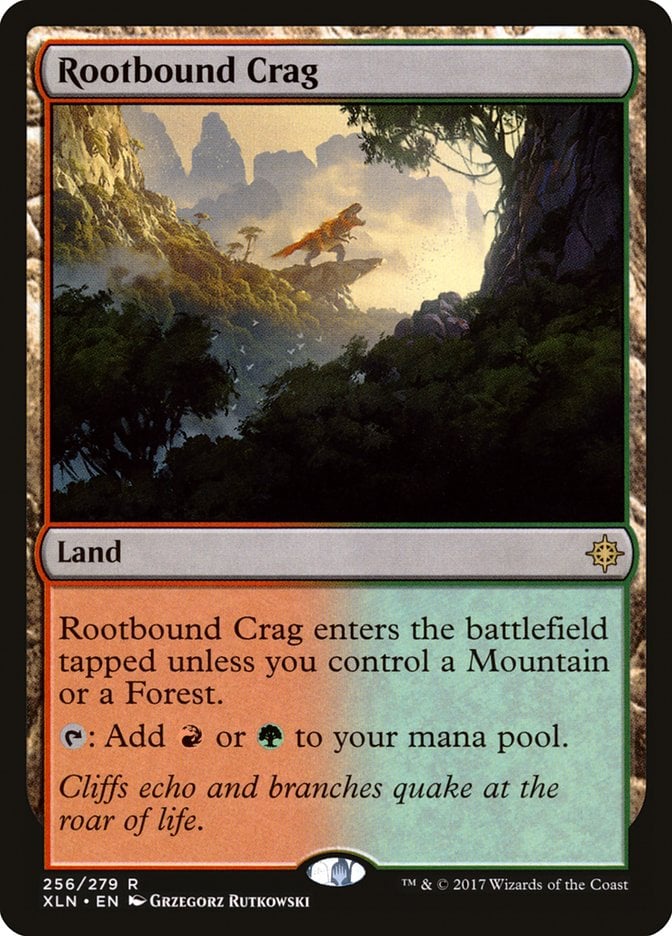
As you progress through a game, these become easier and easier to play untapped. Slower decks love these and they often only have the downside of not being untapped on the earliest turns of the game, which is a sacrifice that plenty of decks are more than happy to make.
#9. The Pathways
The Pathways were essentially designed to be “fixed” fetch lands, giving you a choice of one color or another as opposed to both at the same time. While this is worse, always entering untapped is a huge upside, especially for fast or aggressive decks. These were fantastic in Standard and still see play in Pioneer and Commander.
#8. The “Slow” Lands
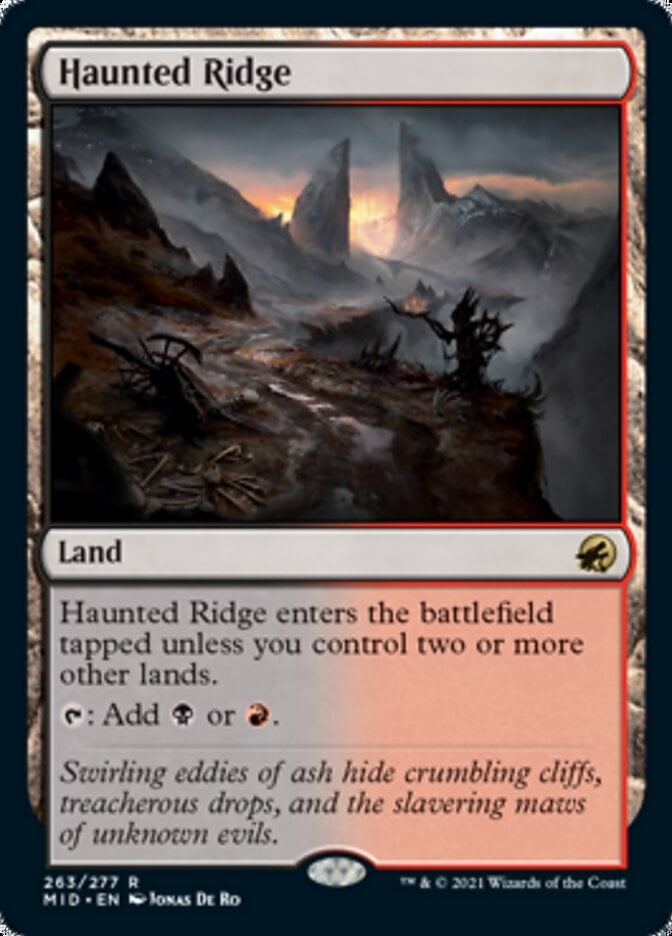
Always entering untapped from turn 3 onwards makes these some of the best and most unconditional lands we’ve ever seen. Particularly for control decks in Pioneer and Modern, though aggro decks aren’t interested in having a land that’s always tapped at the start of the game. If you plan on your games lasting for a lot more than three turns, like the majority of Commander games, you’re probably very happy with these.
#7. The “Pain” Lands

Having been first printed in Ice Age and the cycle completed in Apocalypse, the pain lands have been around for absolutely ages (pun definitely intended) and I believe are the most reprinted rare duals in the game’s history. They’re even currently legal in Standard. Losing a little bit of life isn’t too bad in the long run, especially when the reward is a dual land that always enters untapped unconditionally. Later in the game, you can even switch over to getting colorless mana and stop losing life. These are incredible lands and definitely some of the best in the game’s history.
#6. The “Horizon” Lands
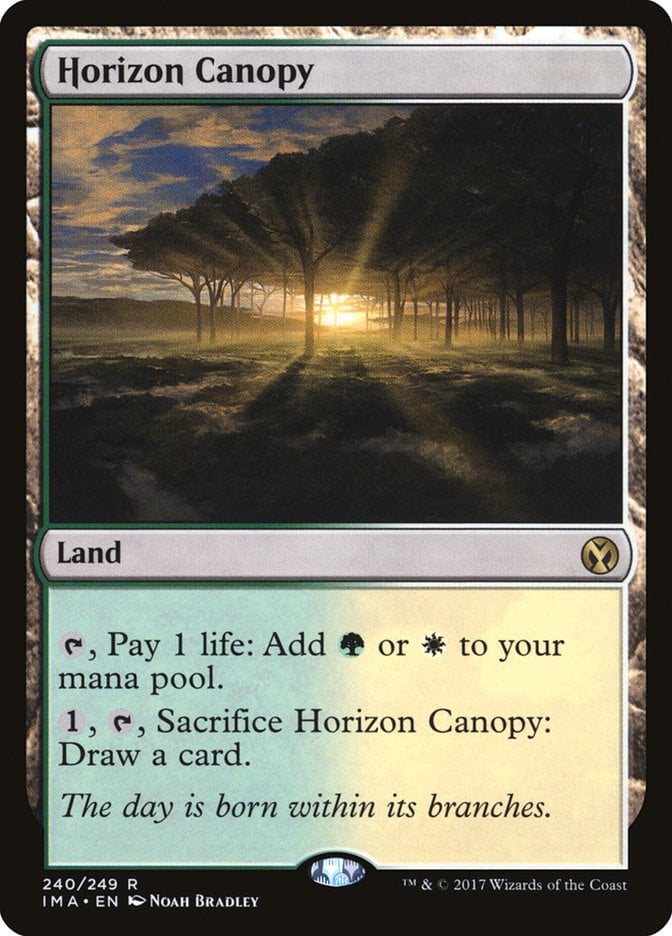
Beginning with Horizon Canopy in Future Sight and five more printed in Modern Horizons, the Horizon lands are pretty unique as far as dual lands go. They can’t tap for mana without costing you some life but can be cashed in later in the game for a whole new card. They particularly shine in aggressive decks that don’t need a lot of lands to function, as well as in land-themed decks alongside cards like Wrenn and Six and Crucible of Worlds.
#5. The “Fast” Lands
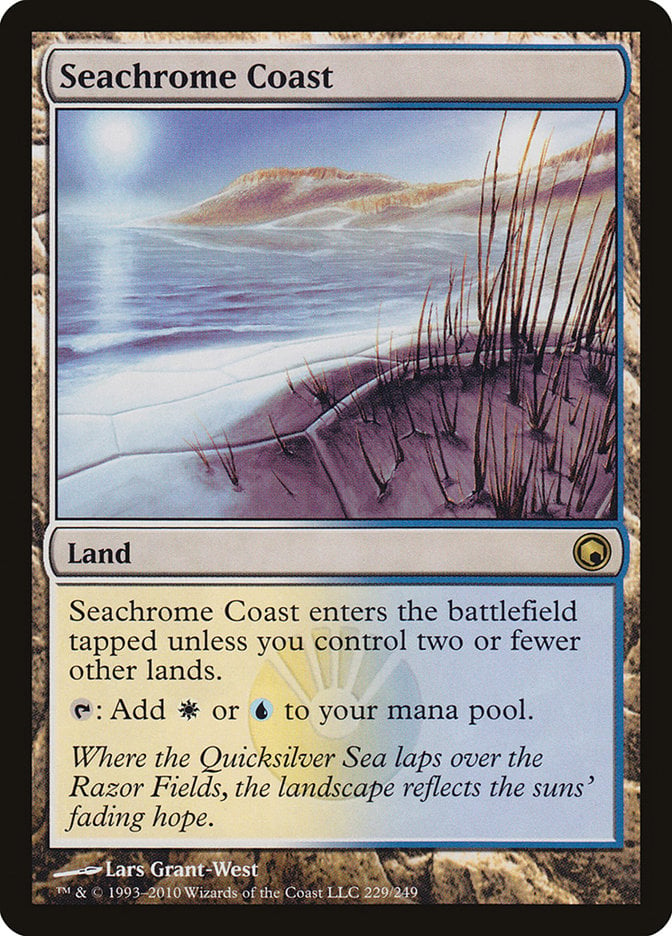
Aggro decks often draw the short straw when it comes to dual lands since you often can’t have them enter untapped during early turns. This cycle of lands from Scars of Mirrodin and Kaladesh is perfect for those decks. Always entering untapped on the turns that matter most has made these a go-to inclusion in several decks, even in older formats.
#4. The Commander Lands
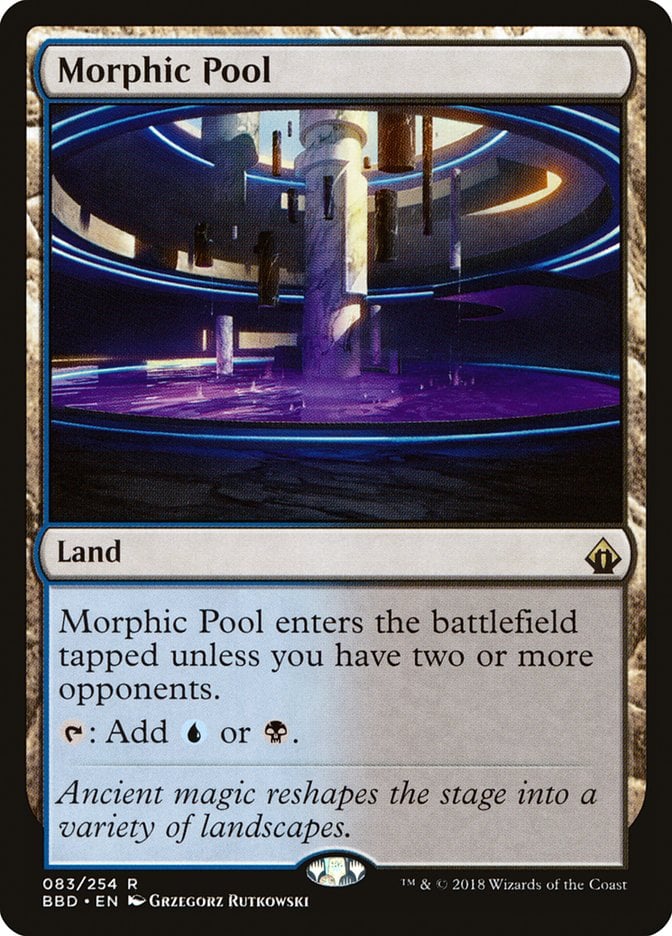
While completely useless outside of multiplayer formats, these are among the best lands possible for Magic’s most popular format. Simply entering untapped with no downside, but only in multiplayer, makes them excellent for Commander and always one of the first to be put into any deck I build.
#3. The “Shock” Lands
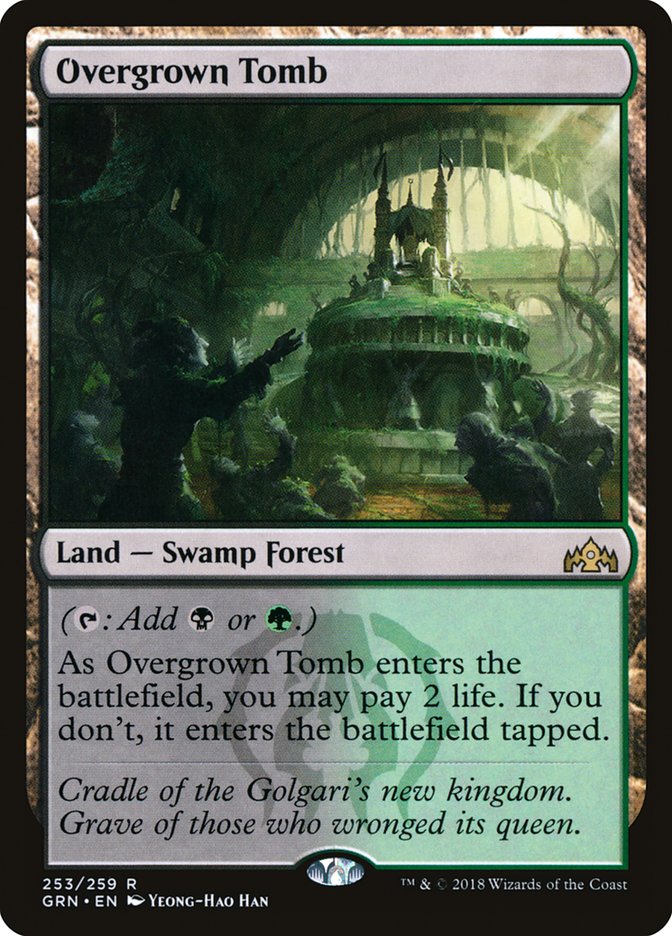
12 years on from the original duals, the shock lands took the Magic world by storm. Ever since they were first printed, they’ve been instrumental to the mana bases in every format from Standard to Modern and of course Commander. They’ve been reprinted several times and will surely keep being played for decades to come.
#2. The Original Dual Lands
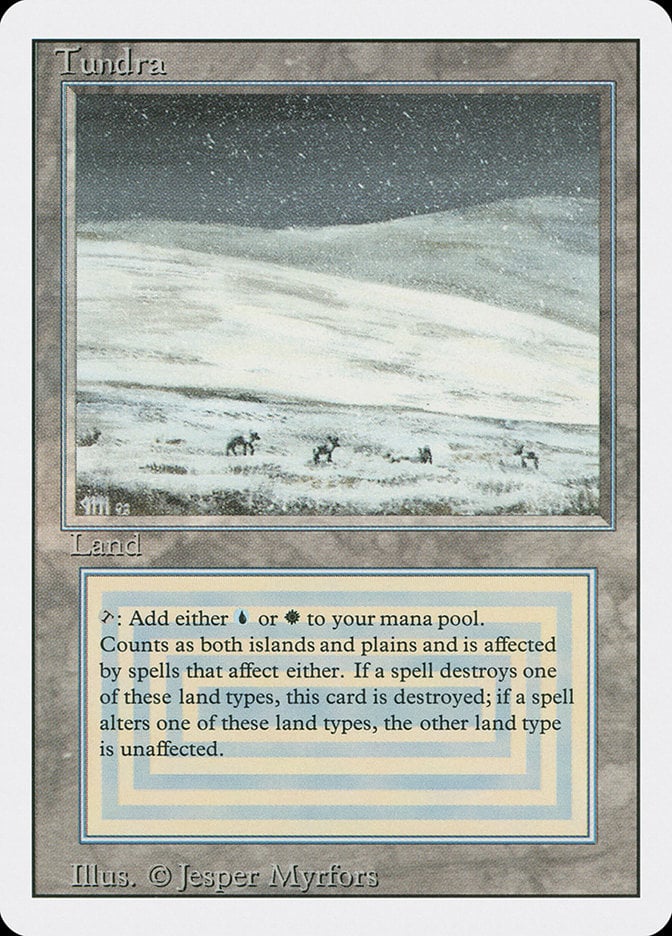
In many ways, you can’t really beat the original. Alpha and Beta’s dual land cycle has only had one cycle that’s ever beaten them. After all, look at them! They have no downsides. They enter the battlefield untapped and even have the upside of being treated as their respective basic land types. There’s a reason these carry the three-figure price tags that they’ve become known for. Some players in Commander even see them as a sort of status symbol and a perfect investment to round out the land base of a 2-color deck.
The first time I got a full-time job, I used one of my first paychecks to buy a Tropical Island for my Commander deck. These are iconic in Magic’s history and aside from the number one slot on this list, these are unlikely to ever be topped.
#1. The Fetch Lands

First printed in Onslaught and then completed in Zendikar, the fetch lands are the best dual lands in Magic by quite a big margin. It might even be incorrect to call them dual lands because although they were designed to let you choose one of two colors, they allow you to fetch nonbasic lands that have the basic land types. This interaction means that when you build your deck right, they’re untapped sources of all the colors in your deck.
Funnily enough, the fact that they shuffle your library means that they also make cards like Brainstorm and Ponder infinitely better. The fetch lands are some of the most expensive lands in the game, other than the original dual lands. They’re even banned in Pioneer, and are the basis of the majority of land bases in Modern, Legacy, and even Vintage. They are unmatched in the game and essential for any Magic player that can afford them.
Wrap Up

Slagwoods Bridge | Illustration by Lucas Graciano
I hope this has been helpful in some way. Dual lands are necessary for most good Magic decks, so knowing which ones deserve your attention and which don’t is a good skill to have.
If you liked this article, please follow us on Twitter and join our Discord server too. Share the article with your friends and help drive the conversation further.
Until next time, take care of yourselves!
Follow Draftsim for awesome articles and set updates: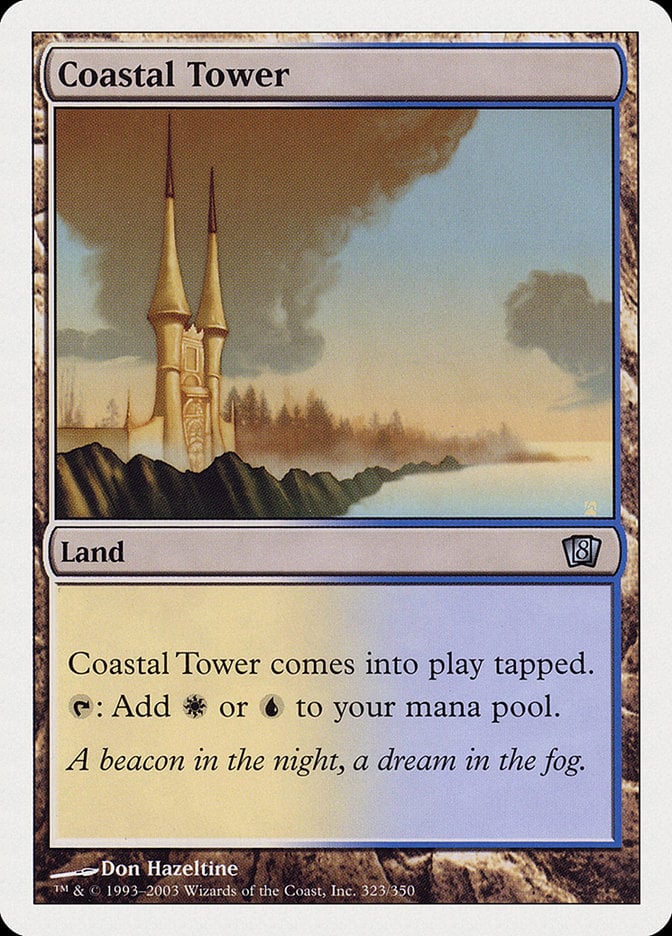
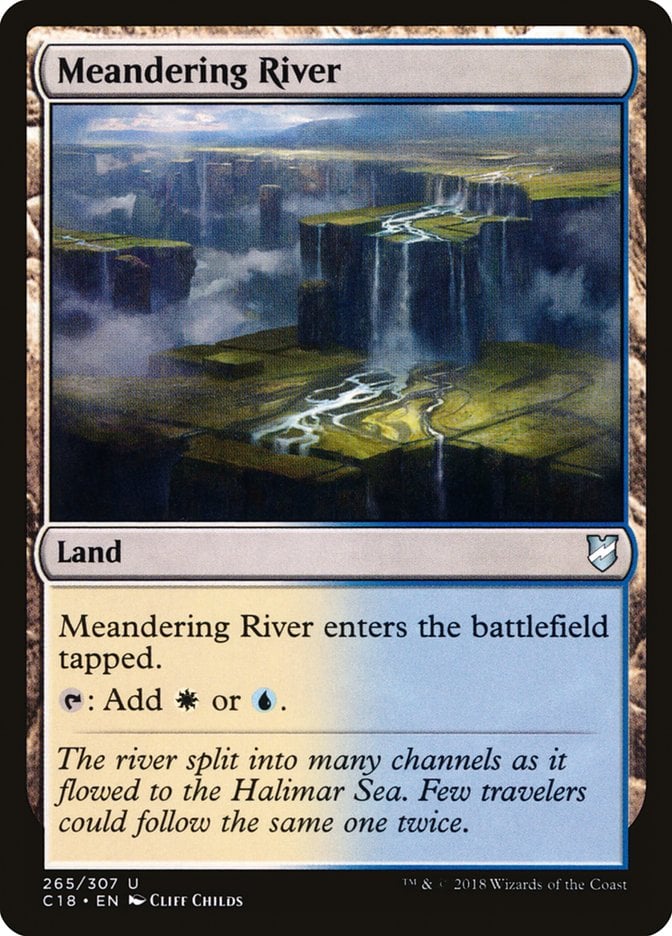

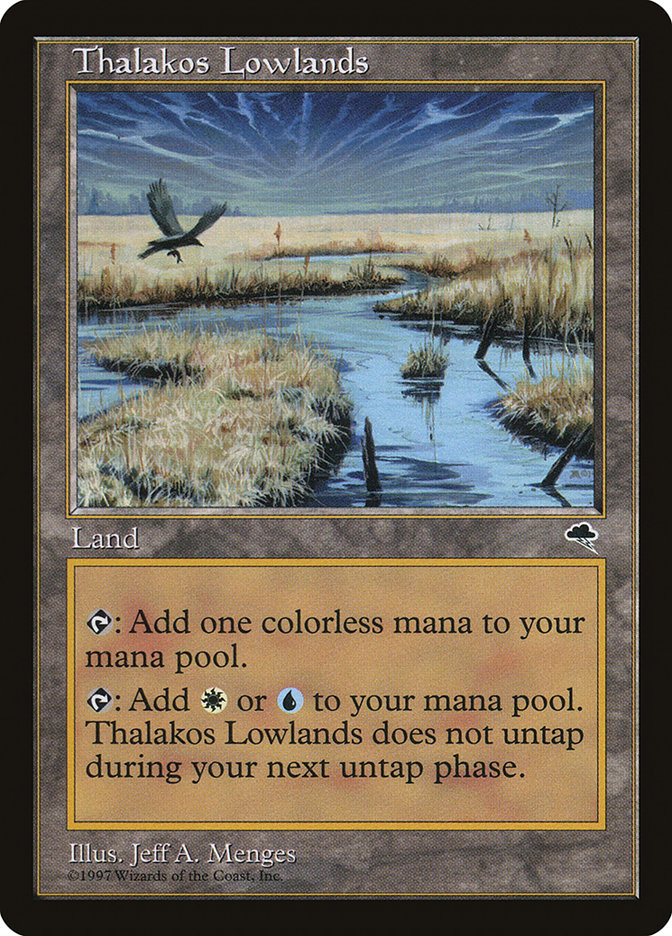

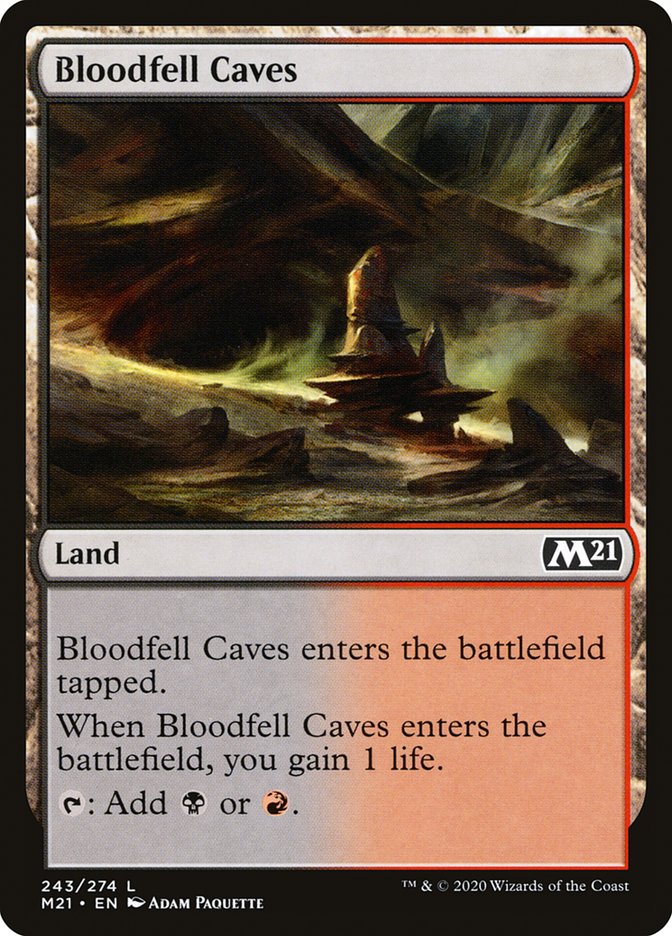
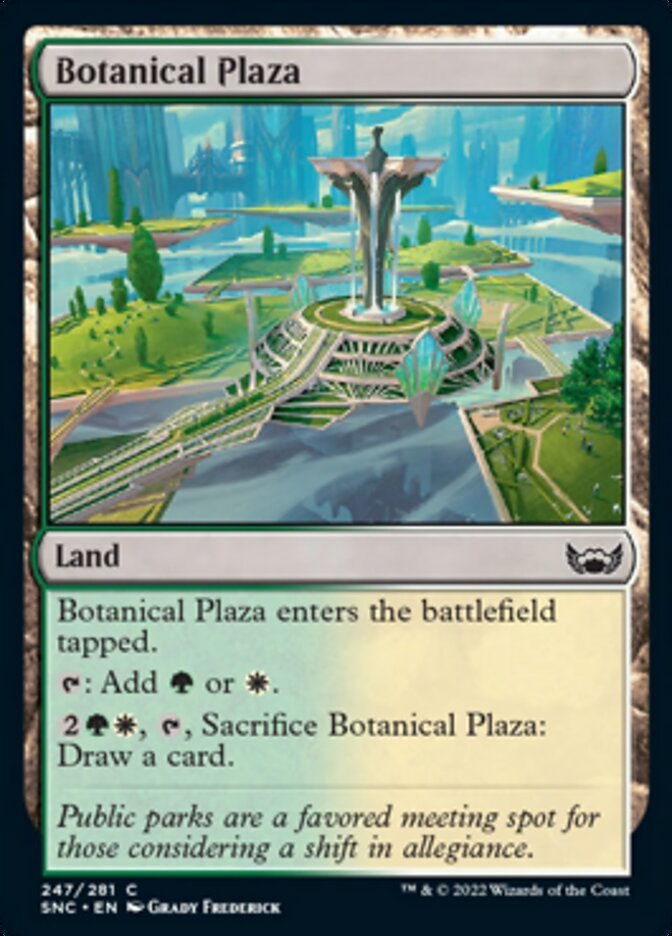
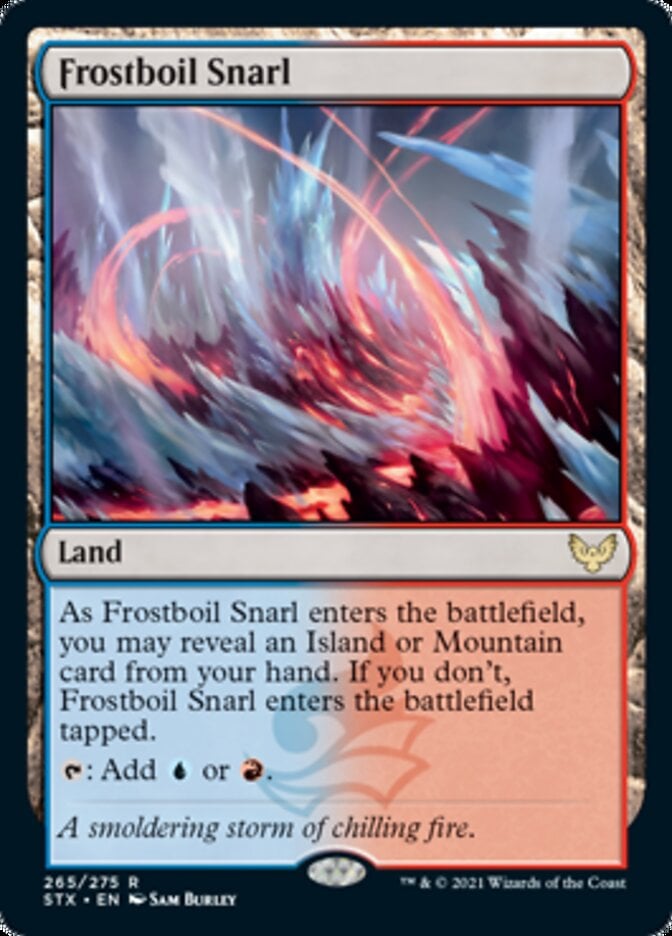
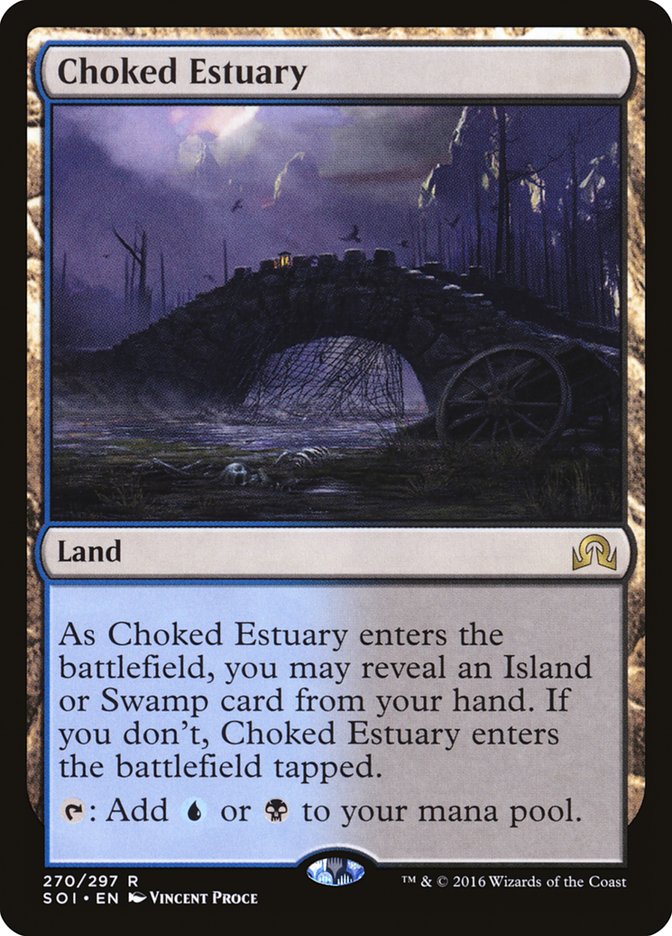
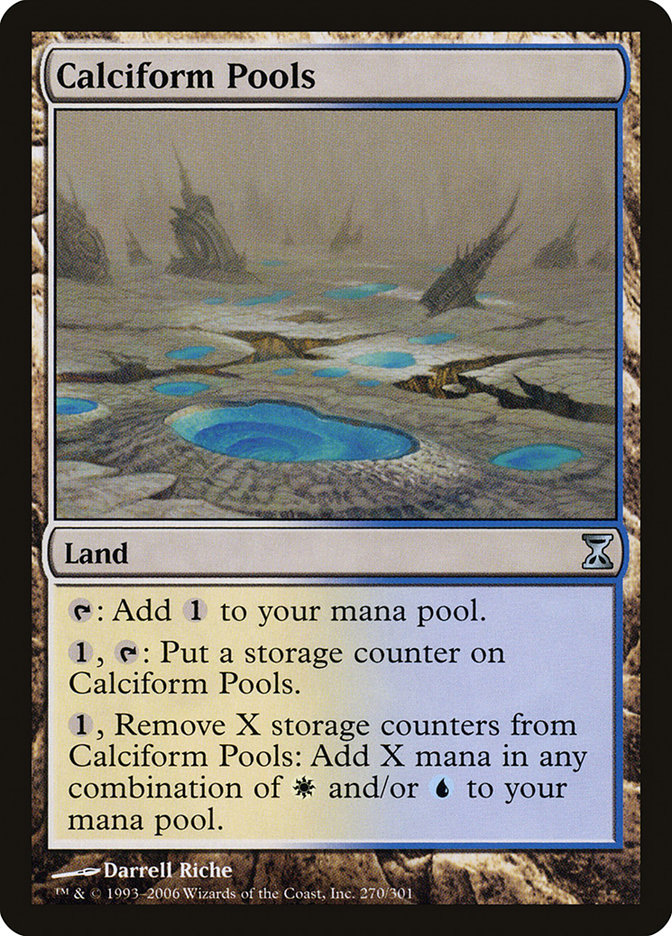
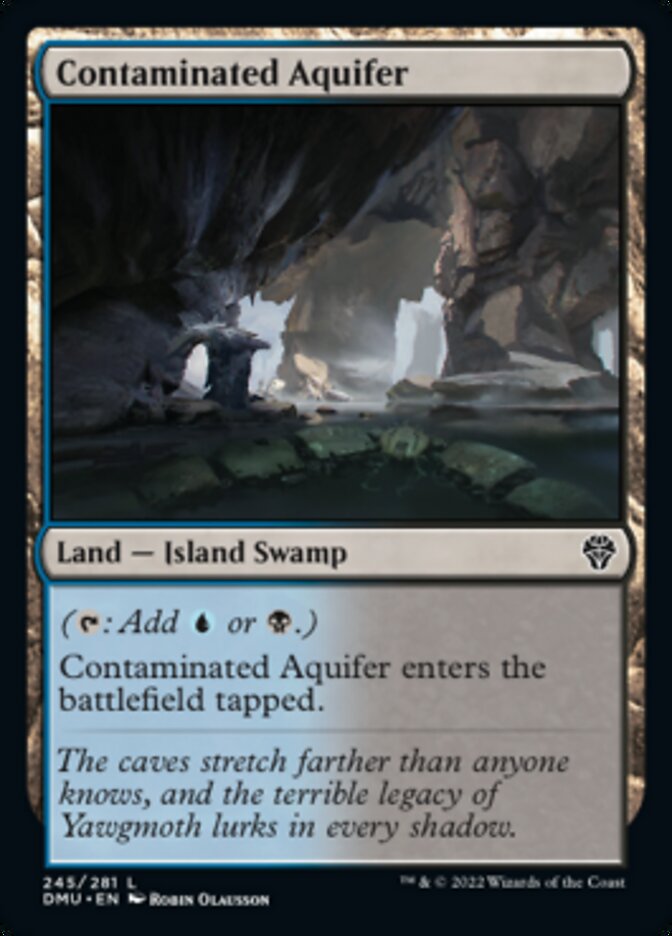
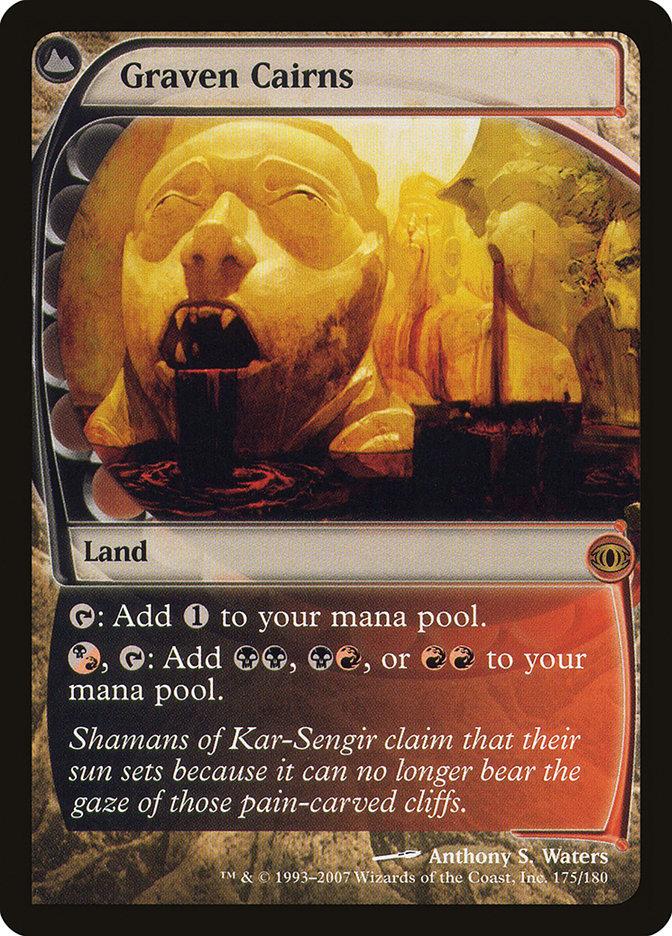
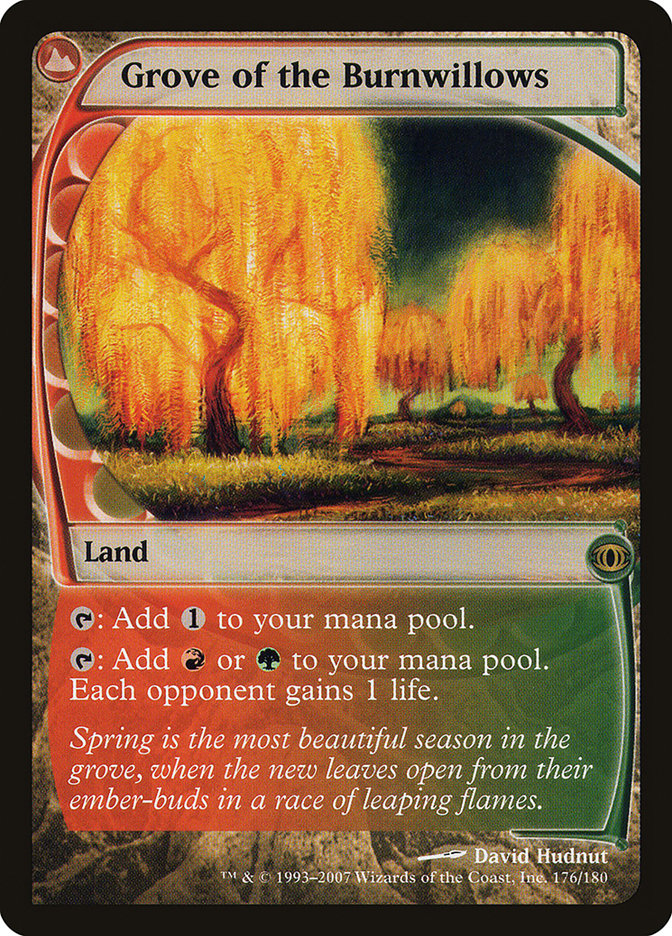
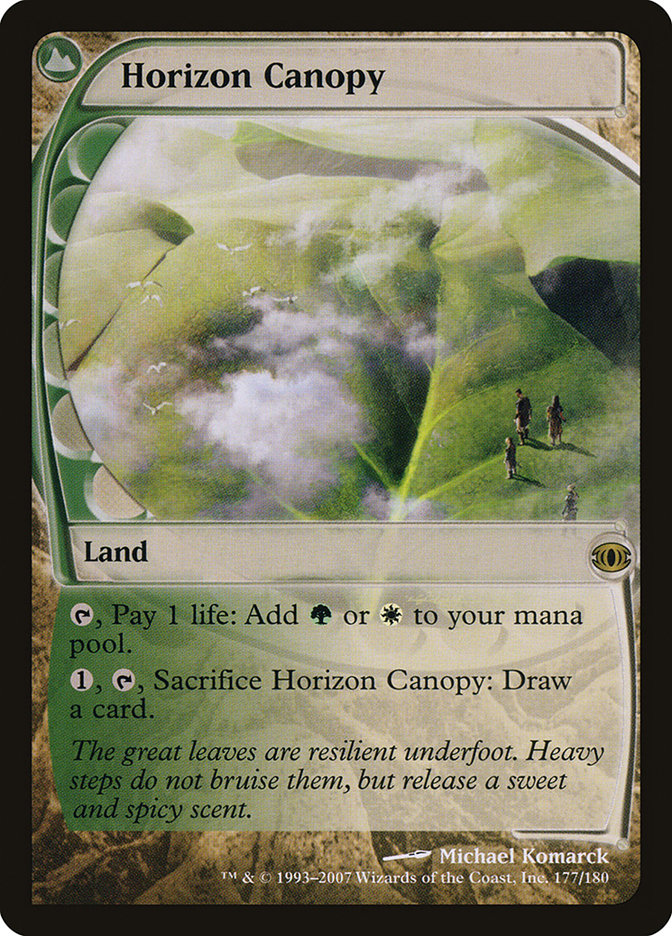

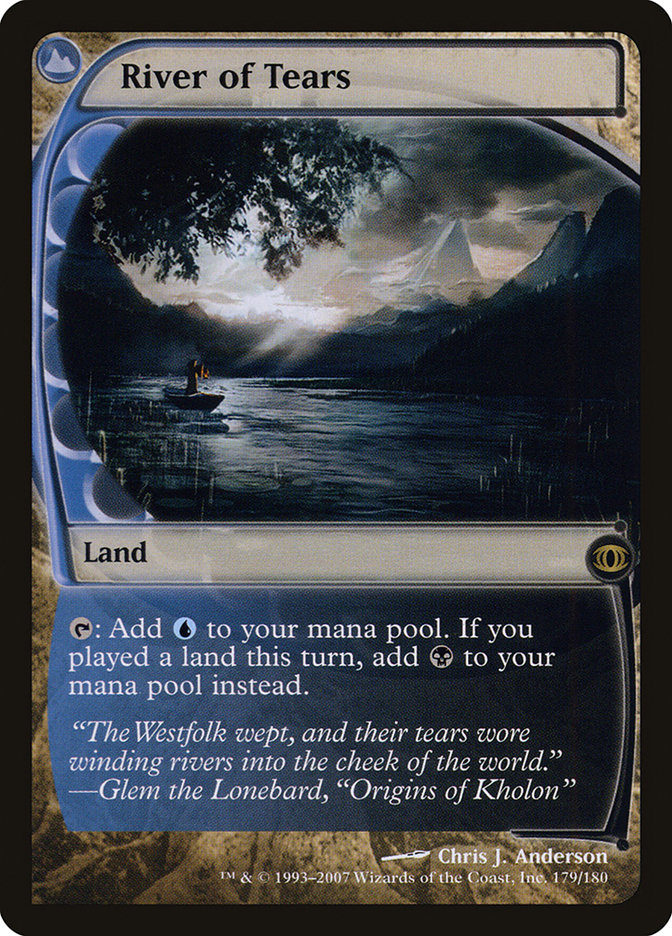
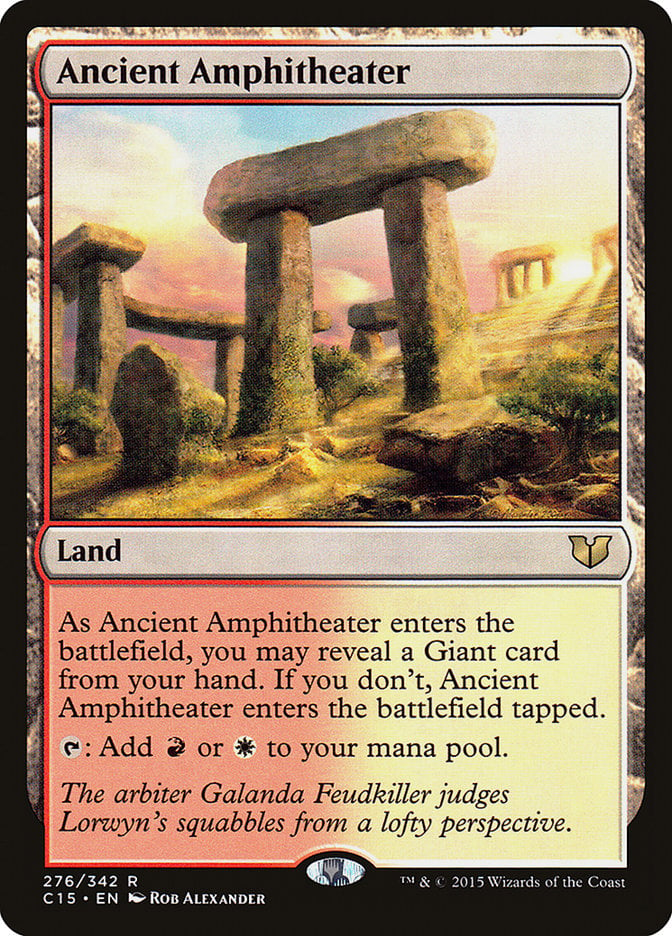
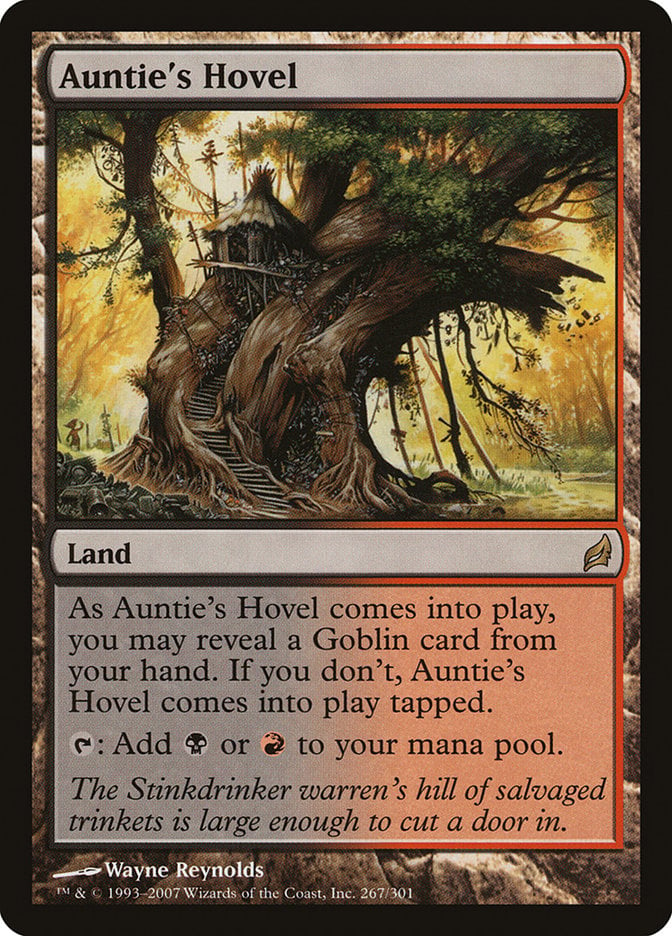
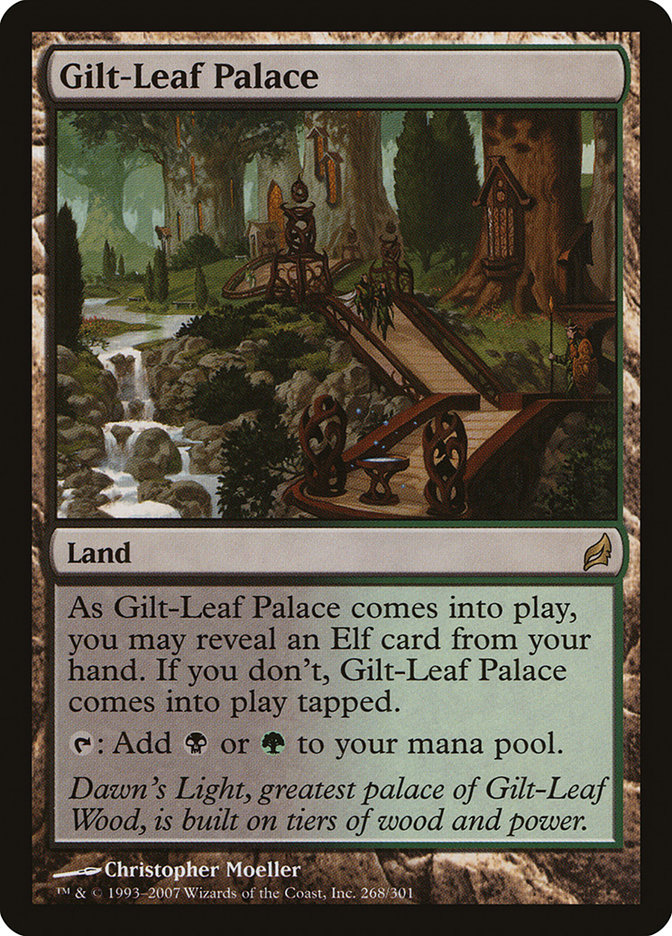
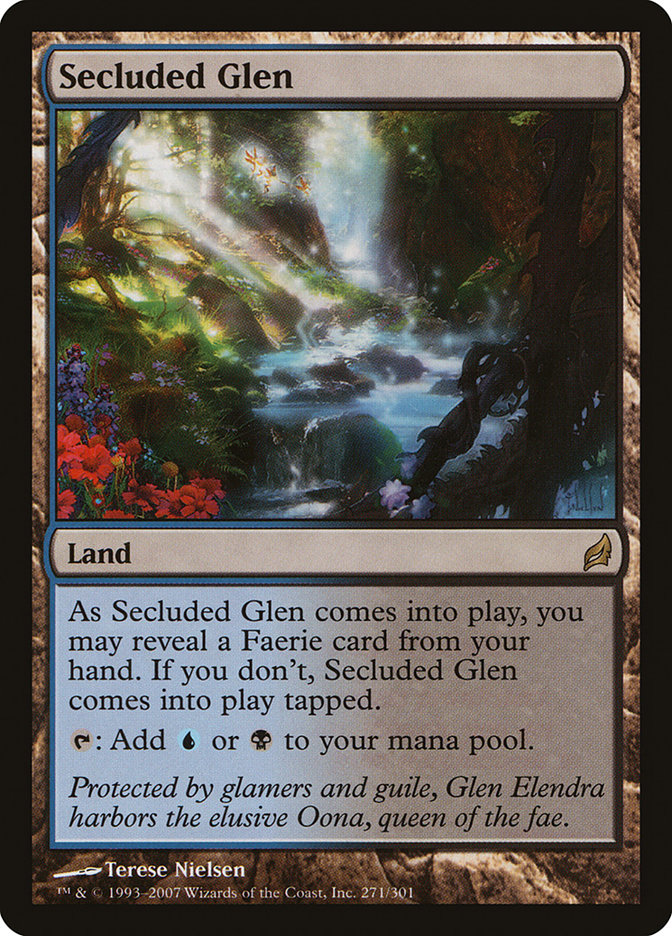
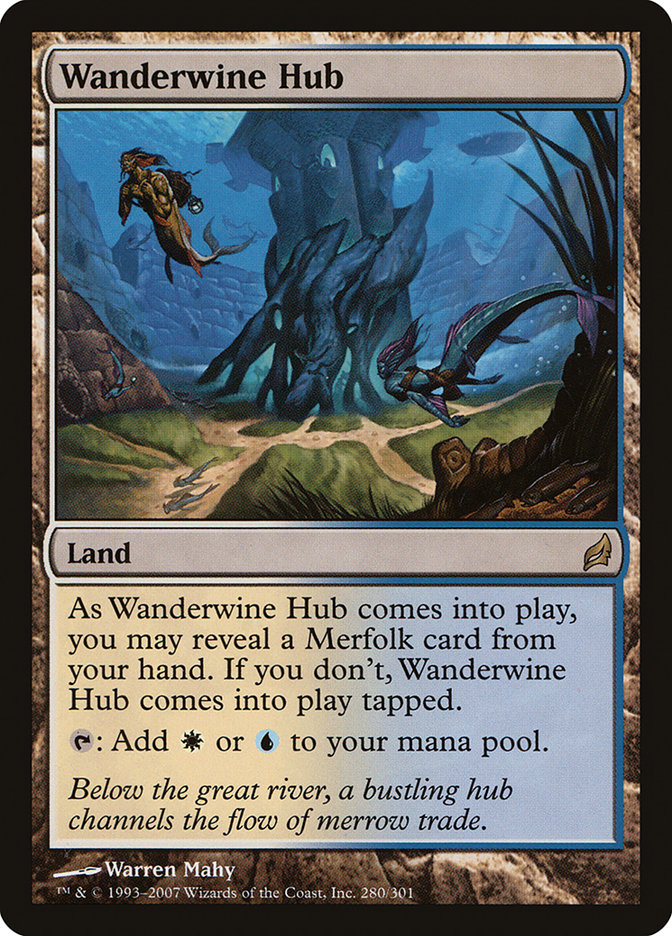
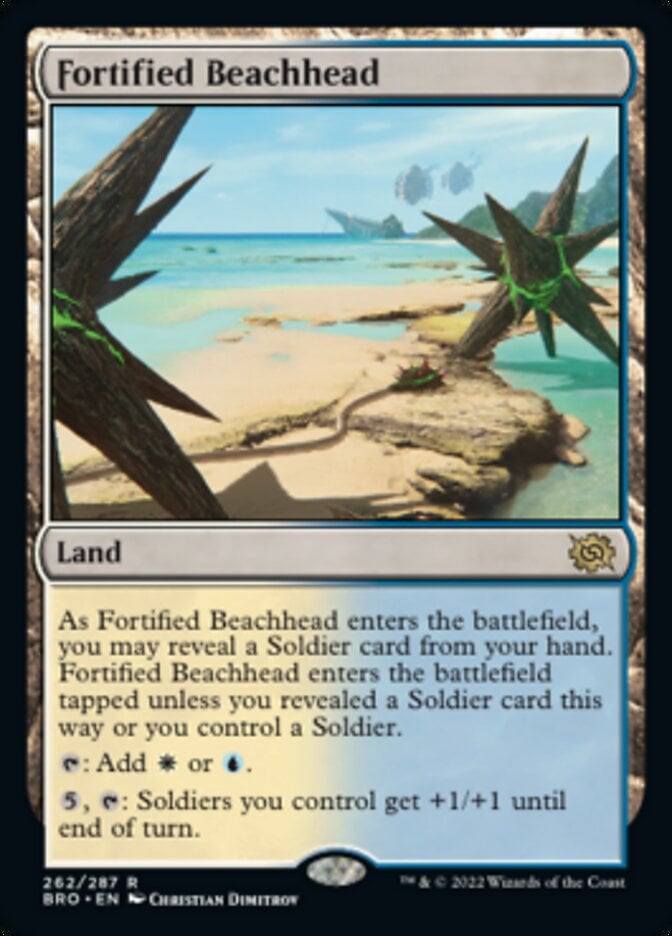
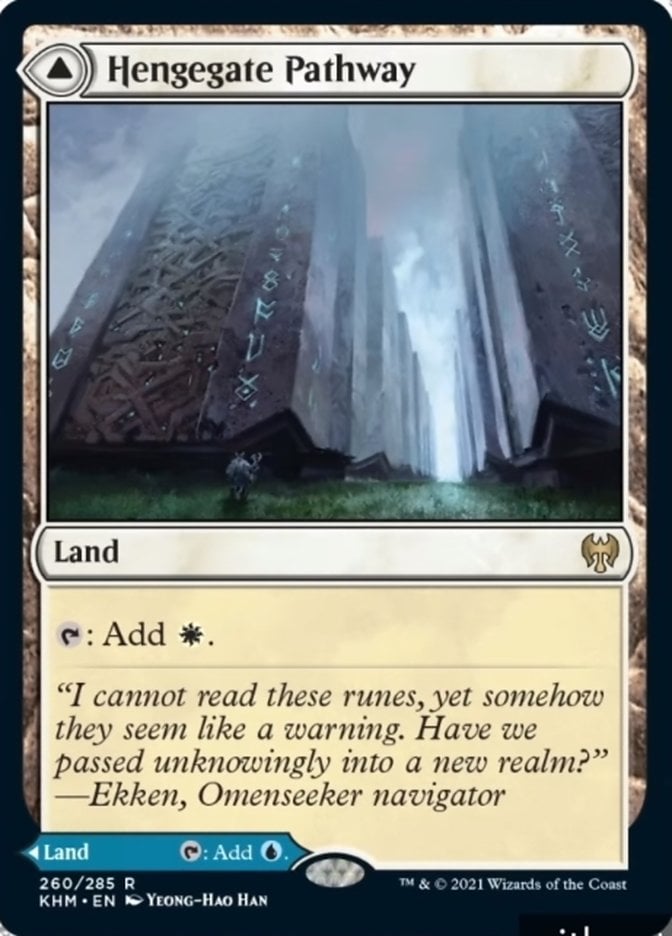


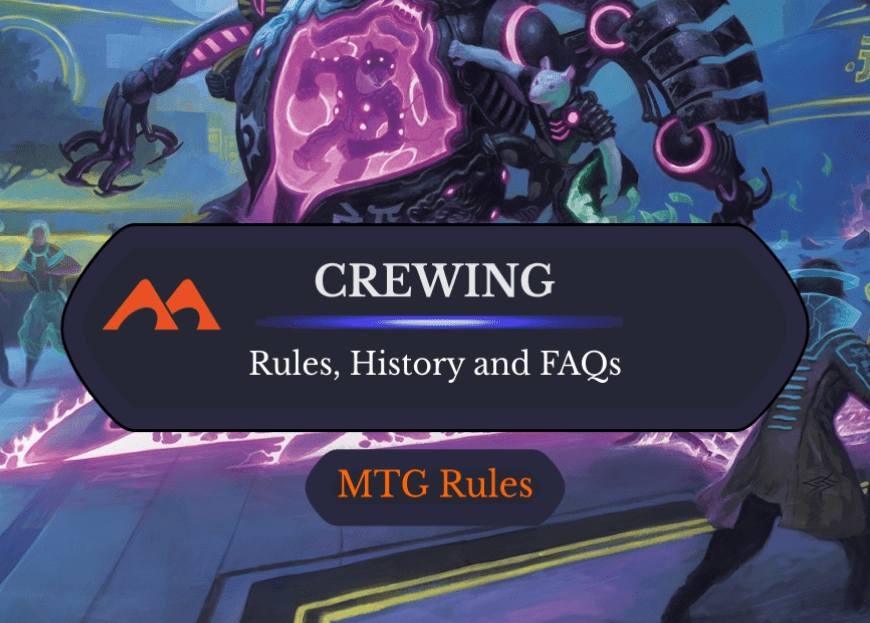
Add Comment